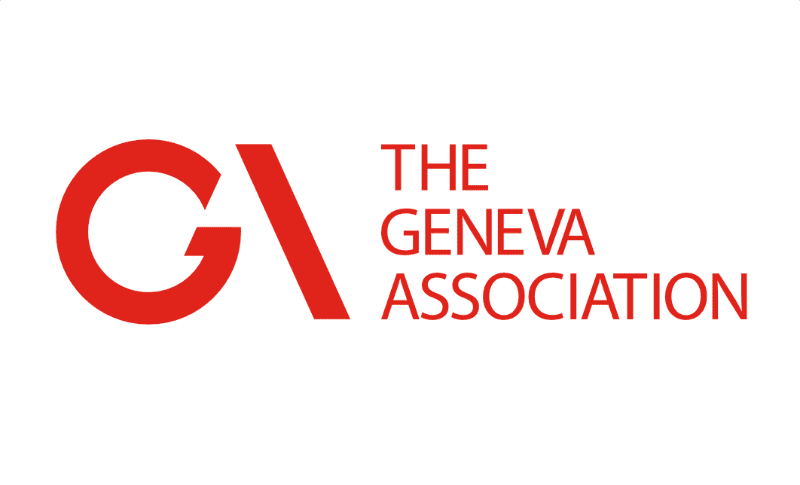Innovation, models, policy standards can drive cyber cat bond & ILS growth: Geneva Association

Further innovation in risk modelling and policy standardisation can help the cyber insurance and reinsurance community unlock more support from the capital markets through catastrophe bond and insurance-linked securities (ILS) markets, the Geneva Association has explained.
A new Geneva Association report states that, “Financial innovations like cyber Cat bonds will help address the cyber protection gap.”
The report, titled Catalysing Cyber Risk Transfer to Capital Markets: Catastrophe bonds and beyond, looks at the role of alternative risk solutions in addressing what are seen as escalating cyber risks.
While cyber insurance premiums have grown, a “massive” protection gap for cyber risks still persists.
With the size and uncertainty surrounding potential cyber losses making it challenging for the traditional insurance and reinsurance markets alone to absorb these risks, the Geneva Association says, “ART solutions, such as insurance-linked securities (ILS), are one way to attract additional risk-bearing capacity from outside the re/insurance sector.”
Jad Ariss, Managing Director of the Geneva Association, said: “Cyber insurance plays a crucial role in mitigating cyber risks, but scaling the market requires fresh thinking and new sources of capital. Tools like Cat bonds, which have predominantly been used so far for natural catastrophes, could significantly boost risk-absorbing capacity to cope with catastrophic cyber incidents and help narrow the huge global protection gap.”
While the catastrophe bond market is now open to well-structured cyber risks in excess-of-loss cat bond format, it is still a very small piece of the overall market.
Almost $800 million in cyber cat bond risk capital is currently outstanding in the market, but while the investor base would like to see more, the range of funds and allocators ready to support cyber cat bonds remains relatively small, albeit growing as more gain confidence in the segment.
The Geneva Association notes that, “A key issue therefore is whether market conditions are ripe for a significant and sustained upscaling in cyber risk transfer to capital markets, a crucial future step in distributing catastrophic cyber risks to those most willing and able to absorb them.”
Darren Pain, Director Cyber at the Geneva Association and author of the report, further stated, “Appetite for cyber ILS is clearly growing, but the market remains in the early phases of development. The complexity of cyber risks and wide variation in the extent of coverage in policies present challenges to widening the investor base.”
Going on to add that, “Progress in modelling capabilities and policy standardisation will be key to fostering confidence among investors and unlocking the potential of ART solutions for cyber risks.”
Innovation in cyber risk modelling and analytics is seen as critical to advance the transfer of cyber risks to the capital markets, as with greater understanding will become more acceptance of the peril.
In addition, innovation around policy standardisation is seen as another important area, with simple and clean wordings that avoid over-use of insurance-specific legalese could help in attracting more capital to cyber ILS.
So too are structural innovations, helping to transform cyber risks into investable form and allowing capital markets to address an increasing array of cyber exposures, as well as efforts to differentiate coverages within the cyber class and the design of reinsurance covers that are defined to respond to specific cyber loss scenarios.
In addition, the report states, “Different financing vehicles and instrument structures will appeal to a wider pool of investors with diverse risk appetites, especially those who are more comfortable with ambiguity over the size and likelihood of cyber exposures and/or assuming systematic (i.e. non-diversifiable) risks.”
All of this is expected to, “help attract the additional capital needed to upsize the cyber insurance market and boost societal resilience,” the Geneva Association explained.
However, “Market intelligence gathered from discussions with ILS experts suggests a cyber ILS market in development rather than on the verge of lift-off,” the report goes on to explain.
Adding that, given the spreads on cyber cat bonds appear higher than for comparable risk level natural catastrophe bonds, “Reducing the cost of ILS-sourced capital will be crucial if the terms of risk exchange are to become more viable for sponsors of larger and more regular cyber ILS.”
Uncertainties limit the availability of cyber risk capital, but by spreading risk across multiple balance-sheets and capital sources, the Geneva Association believes, “Ongoing financial innovation can nonetheless better align capital against cyber exposures and thereby help progress towards more optimal risk sharing.”
Read about every cyber cat bond transaction issued so far, including the first private cat bond deals and the more recent 144A cyber cat bond issuances, by filtering our Deal Directory by peril to view only cyber cat bond transactions.






